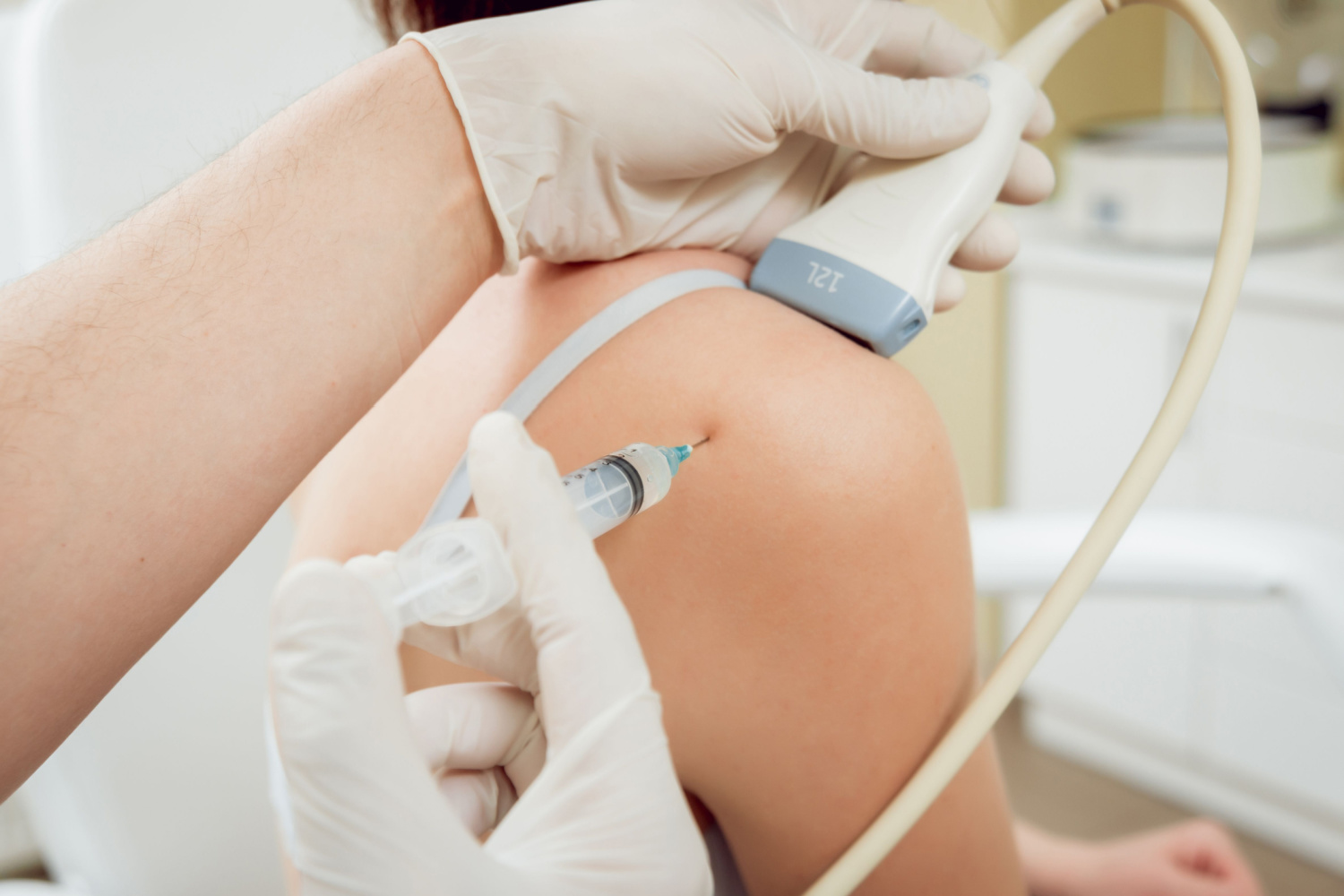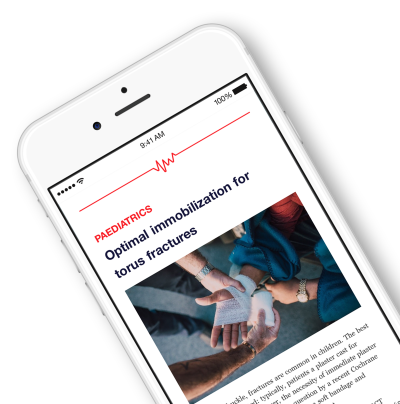Platelet-rich Plasma (PRP) Versus Corticosteroid Injections for Painful Shoulder Conditions: Powered by OE M.I.N.D. .
Research comparing PRP and corticosteroid injections for painful shoulder conditions continues to evolve, and the picture is becoming clearer. Across six RCTs, corticosteroids consistently delivered the faster relief, showing meaningful short-term improvements in pain and composite shoulder scores within the first 3–6 weeks. But those benefits didn’t last. As follow-up extended beyond six weeks, PRP began to outperform corticosteroids, offering better longer-term pain reduction and improved functional scores through 3–6 months. Importantly, neither treatment showed differences in adverse events or conversion to surgery, and no serious complications were reported. Overall, the evidence suggests corticosteroids help early symptoms settle, while PRP may offer more durable improvement over time.
Unlock the Full original article
You have access to 4 more FREE articles this month.
Click below to unlock and view this original article
Unlock Now
Critical appraisals of the latest, high-impact randomized controlled trials and systematic reviews in orthopaedics
Access to OrthoEvidence podcast content, including collaborations with the Journal of Bone and Joint Surgery, interviews with internationally recognized surgeons, and roundtable discussions on orthopaedic news and topics
Subscription to The Pulse, a twice-weekly evidence-based newsletter designed to help you make better clinical decisions
Exclusive access to original content articles, including in-house systematic reviews, and articles on health research methods and hot orthopaedic topics
































































